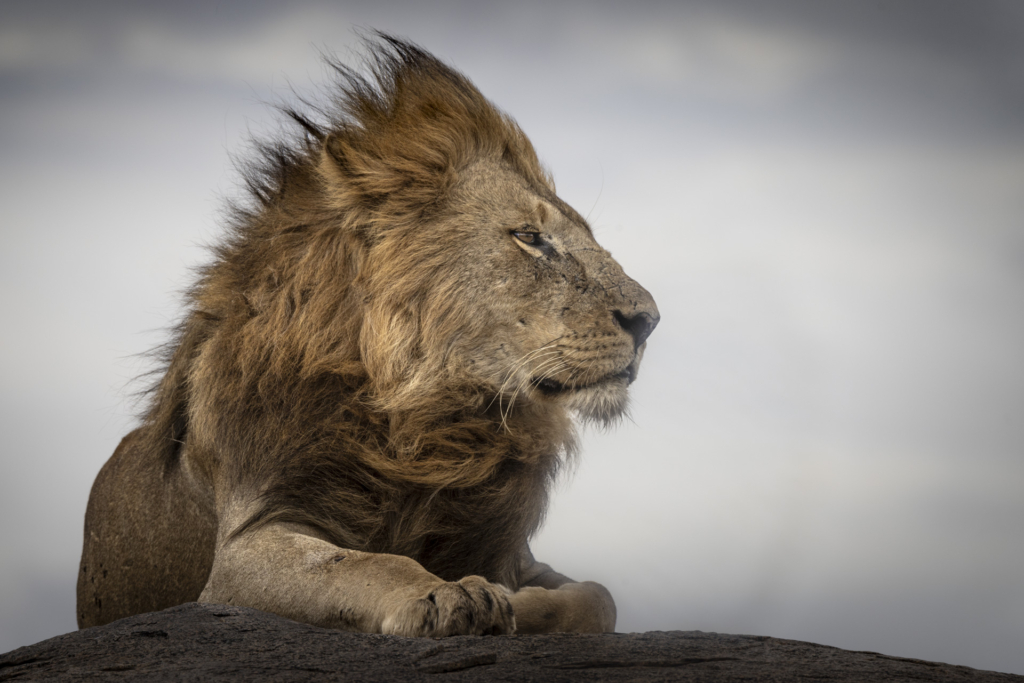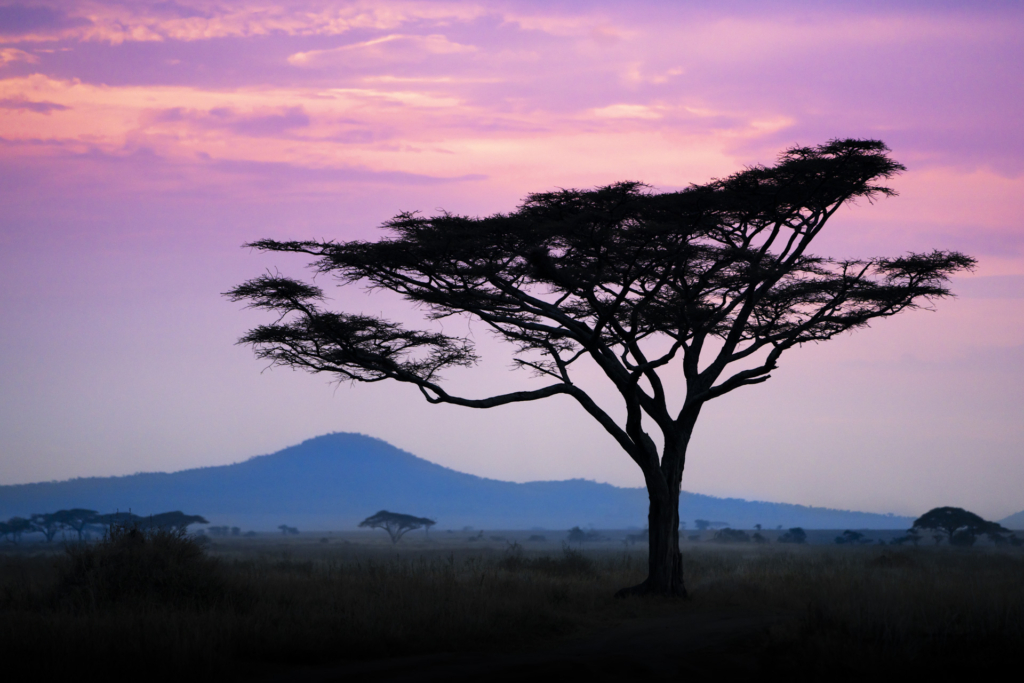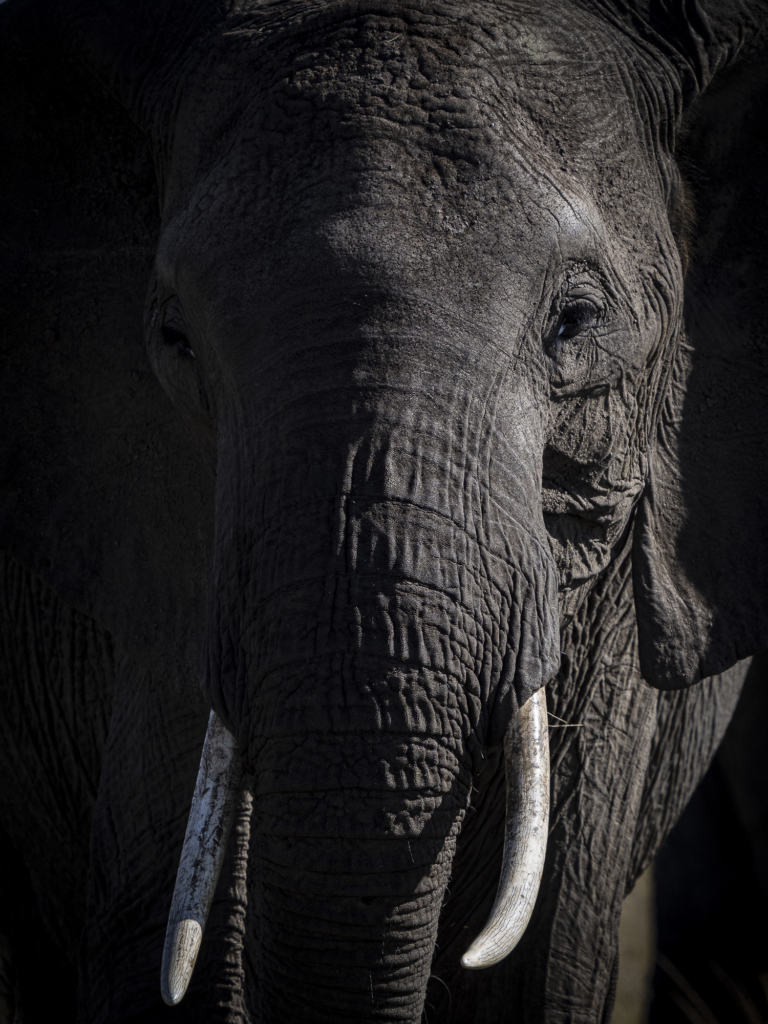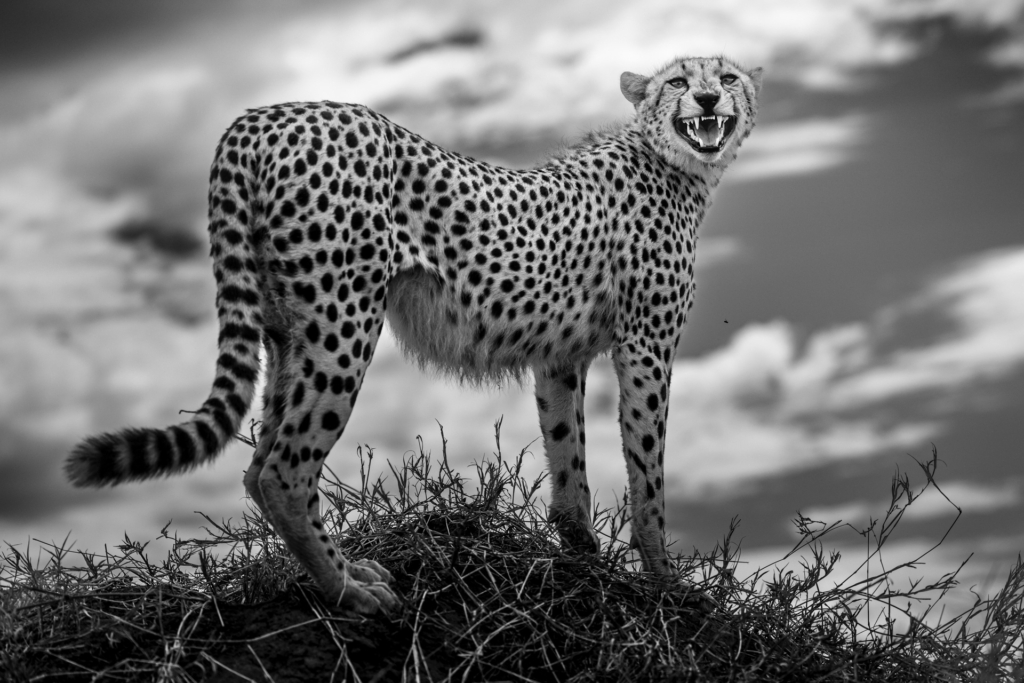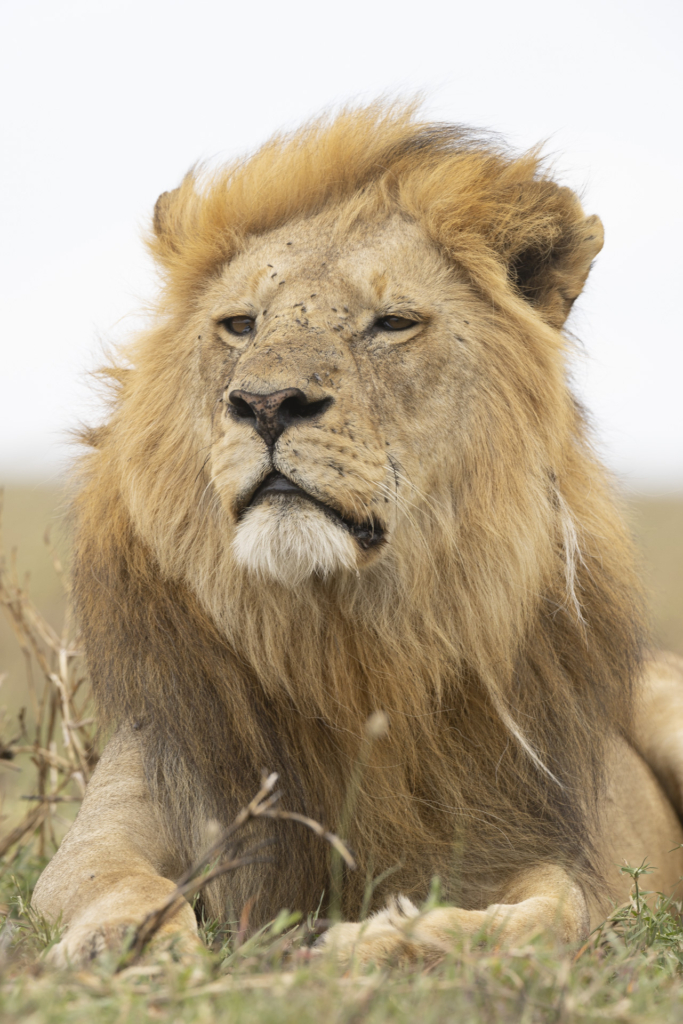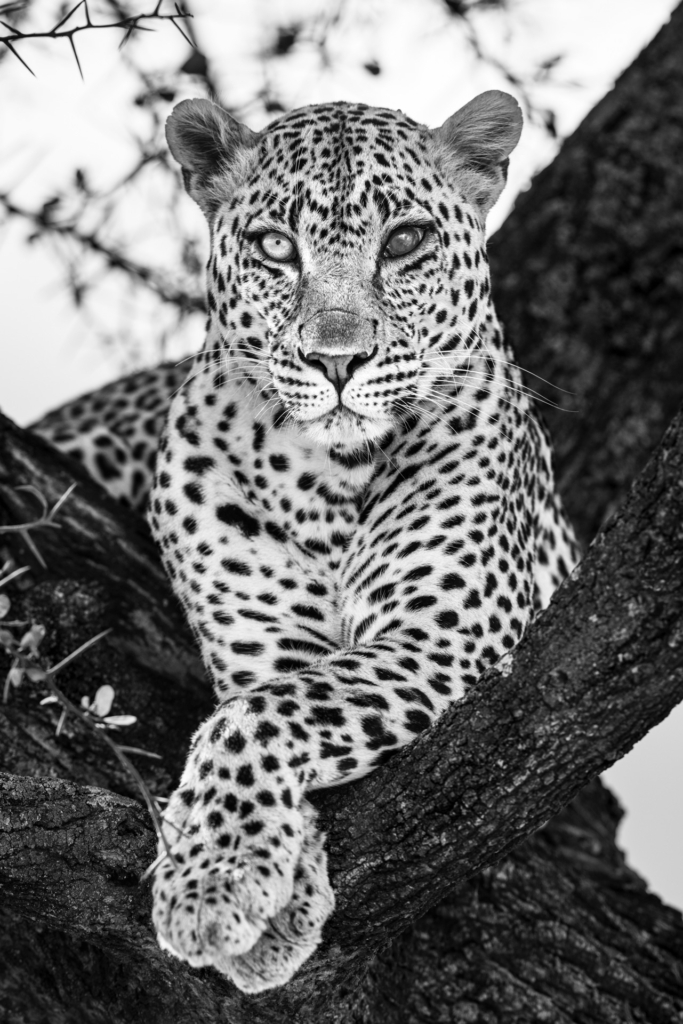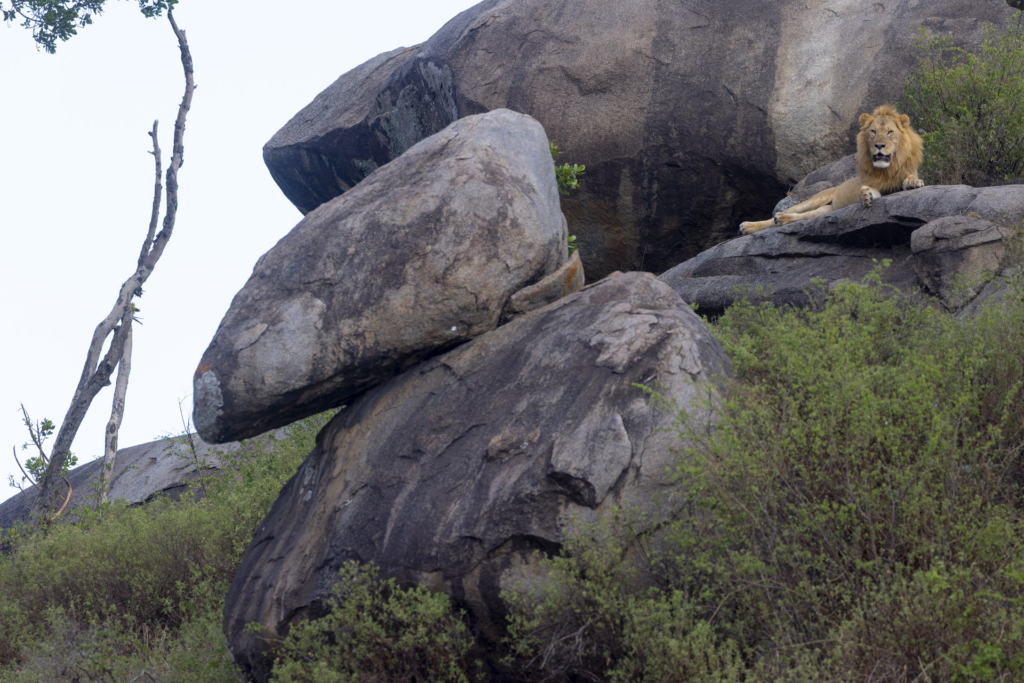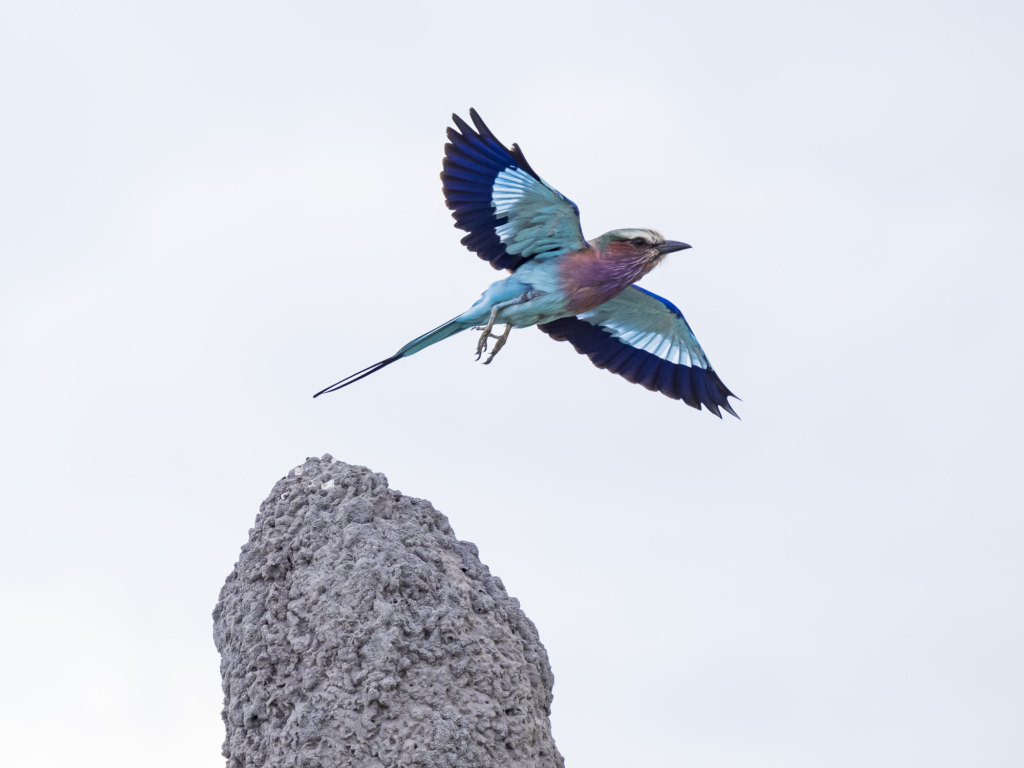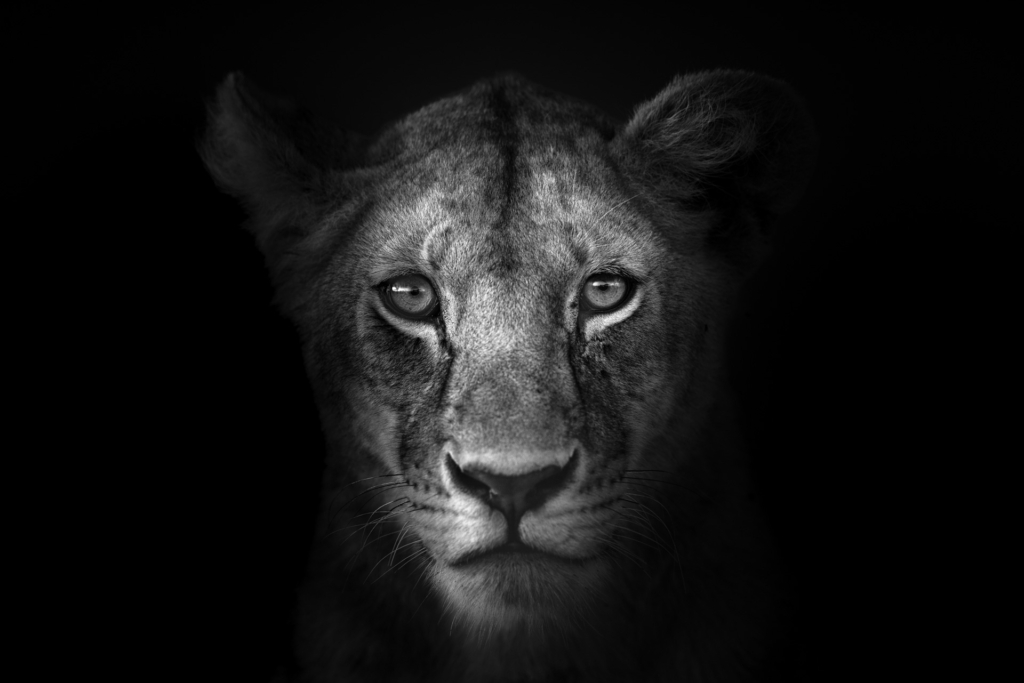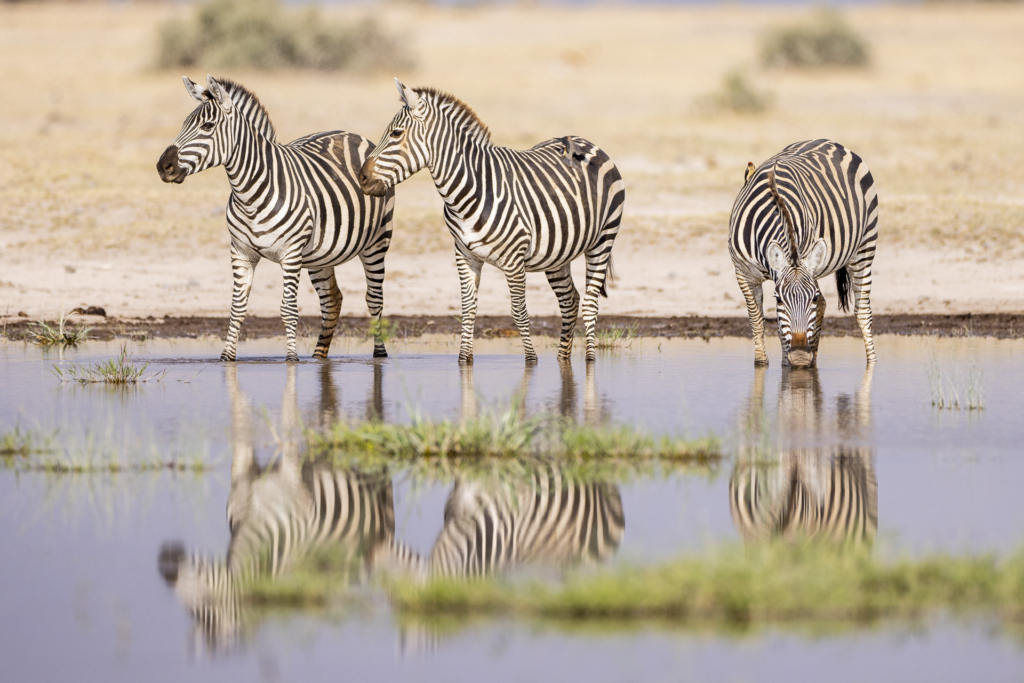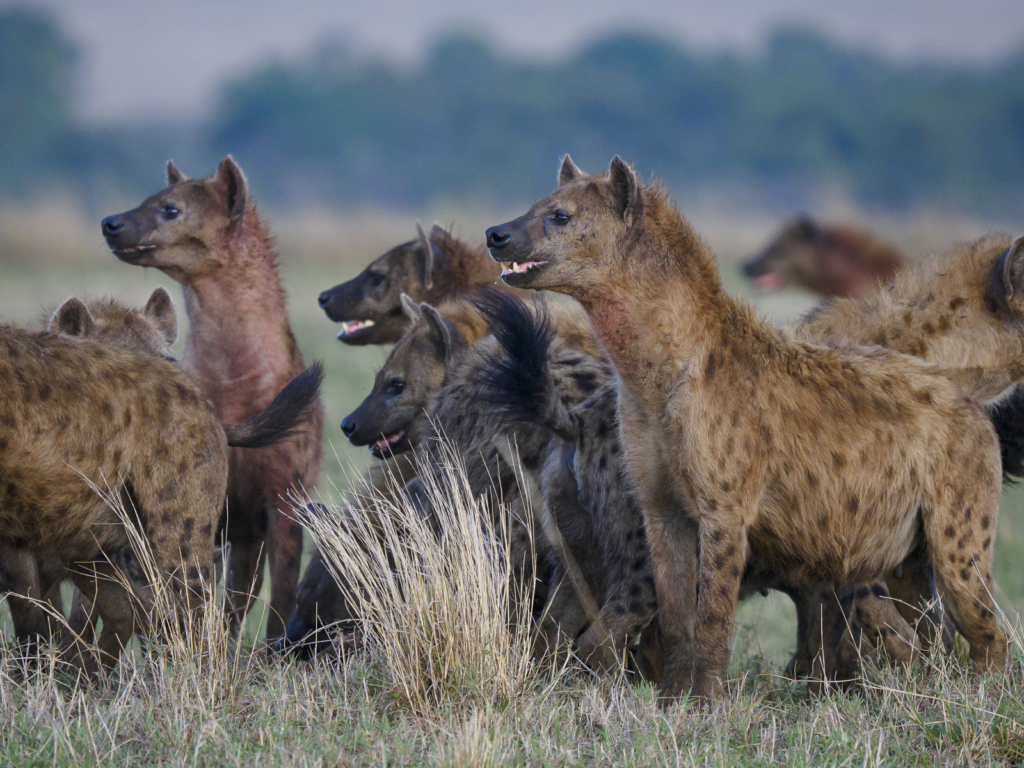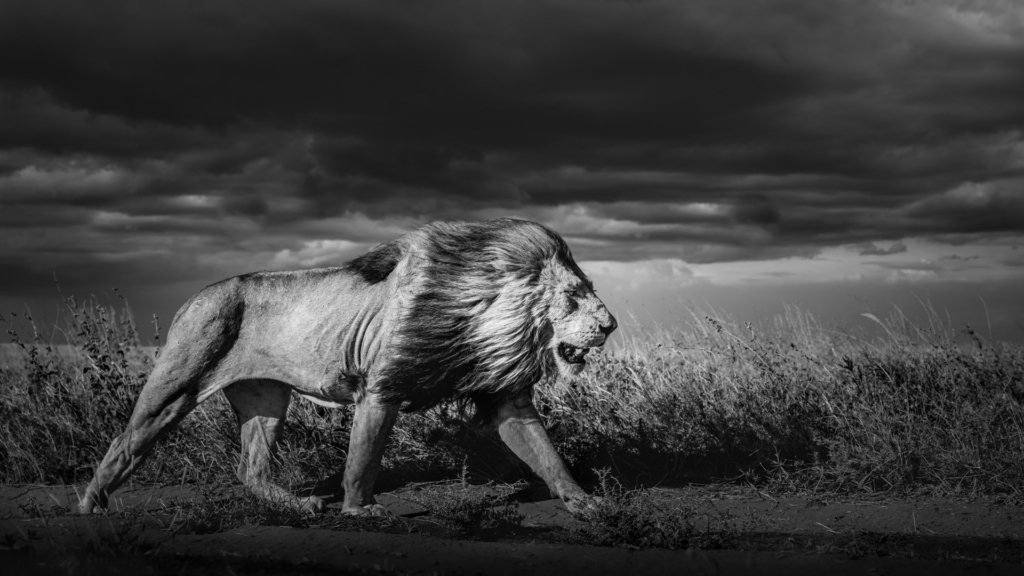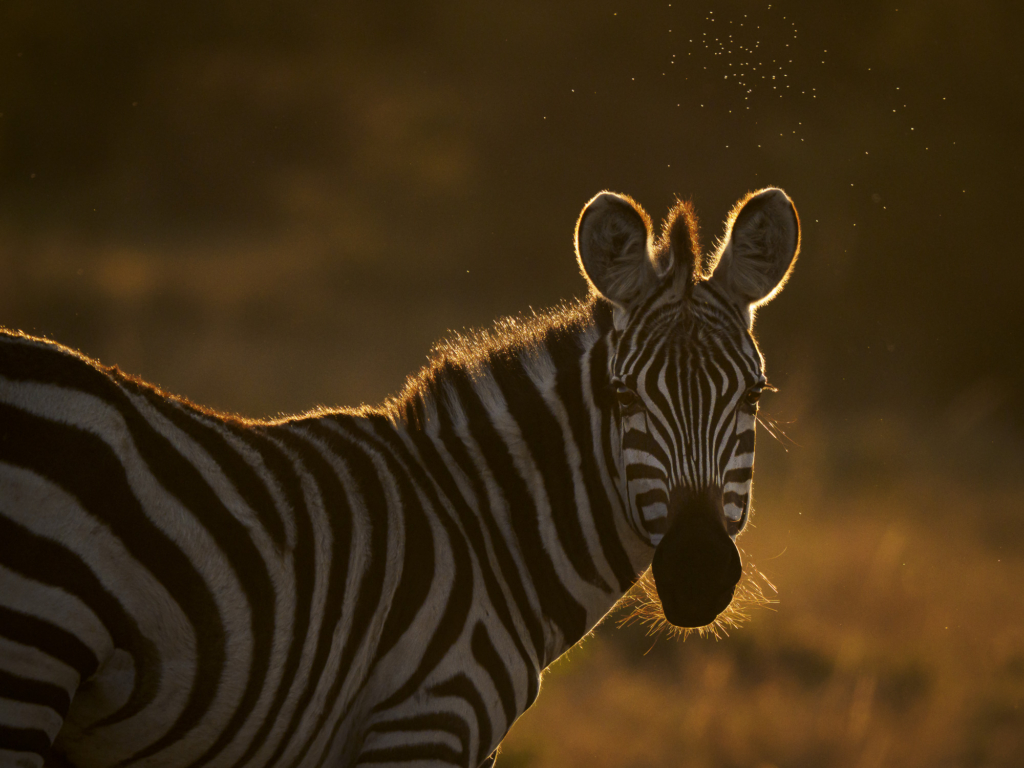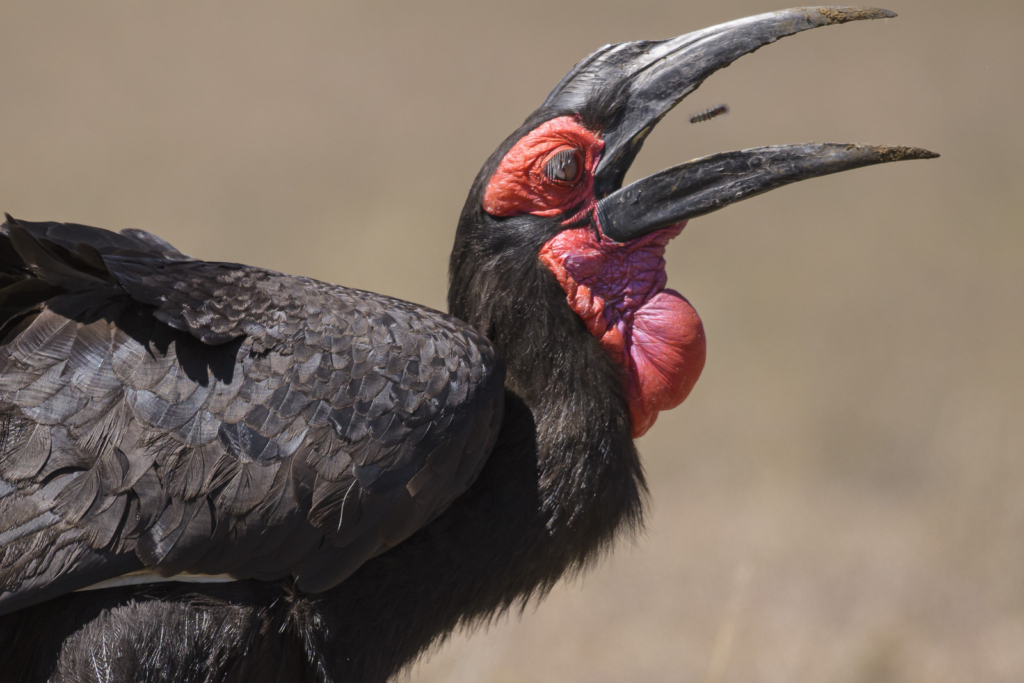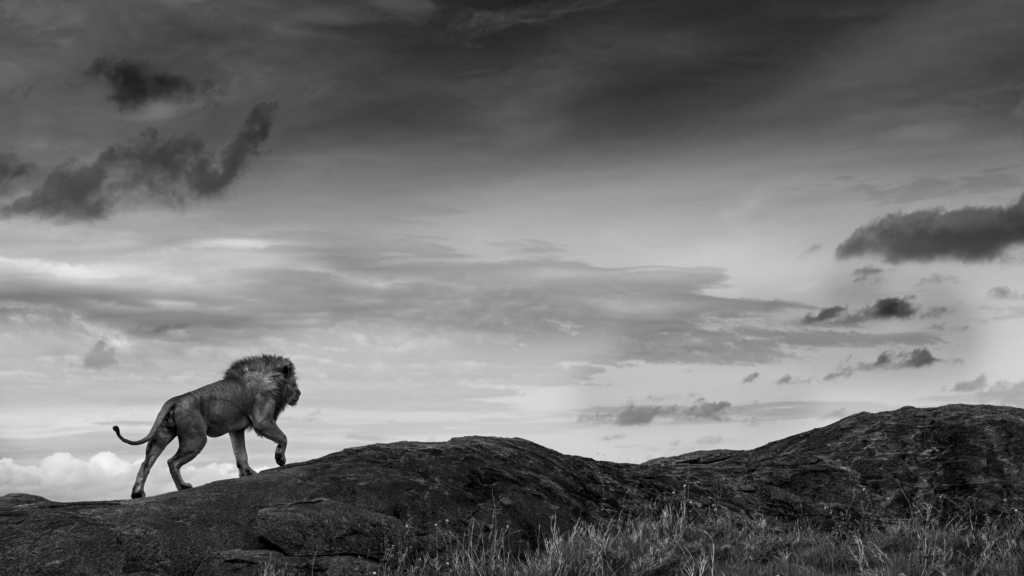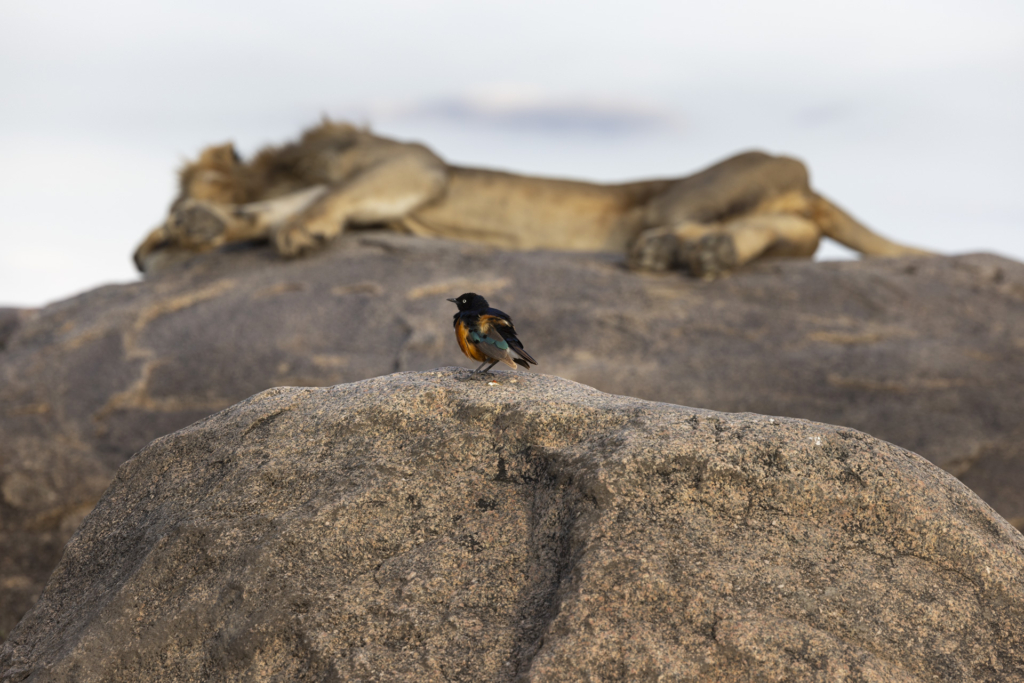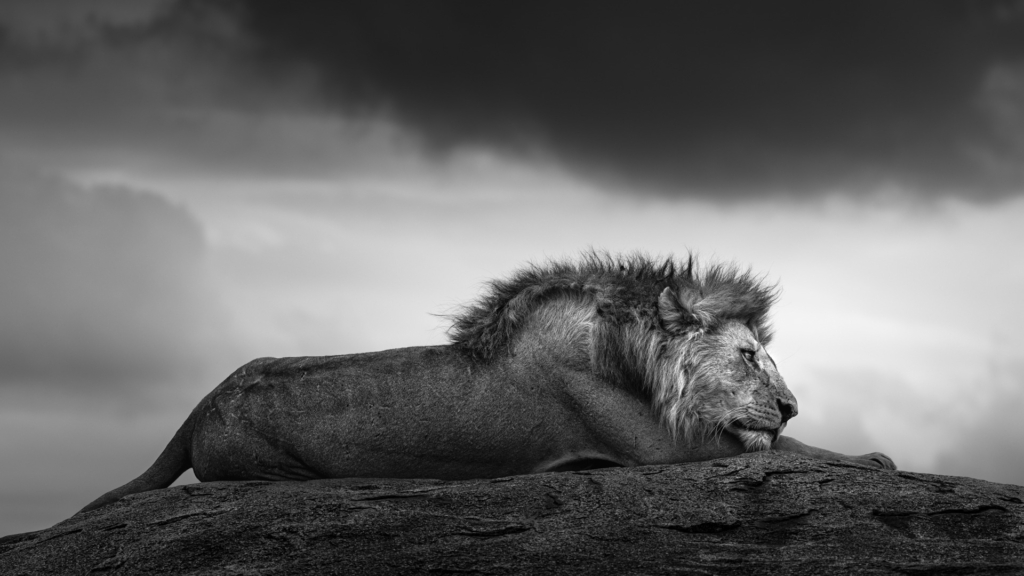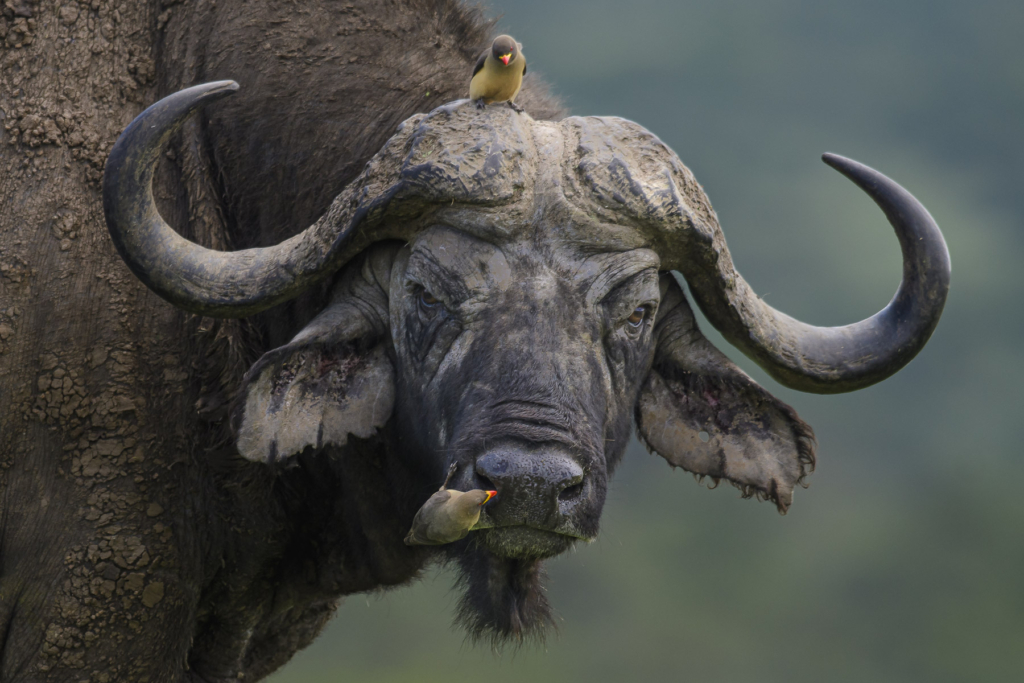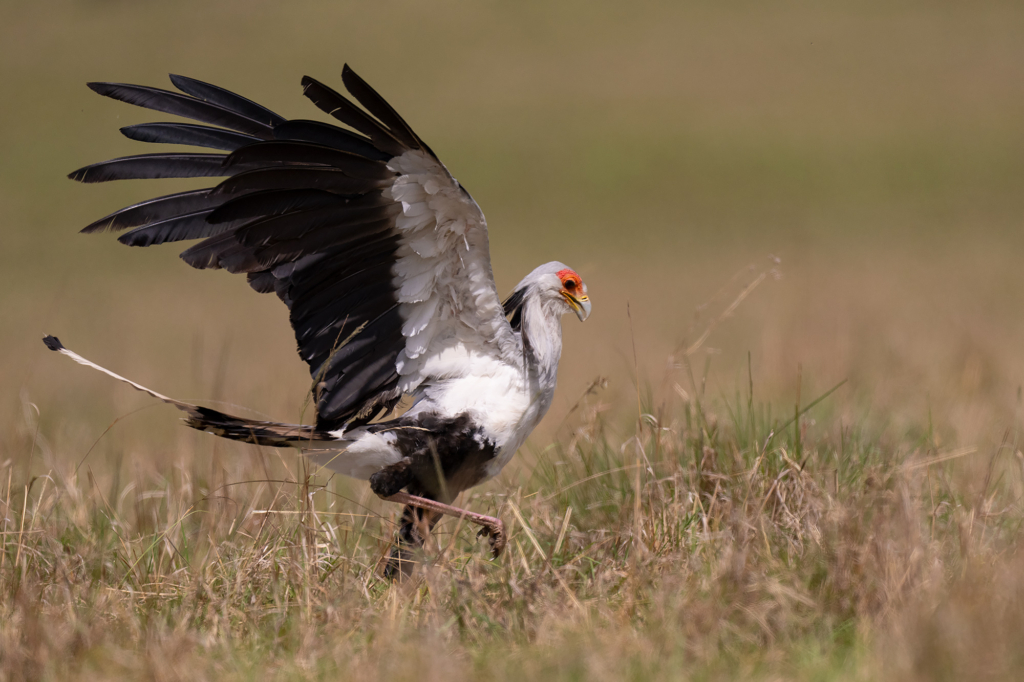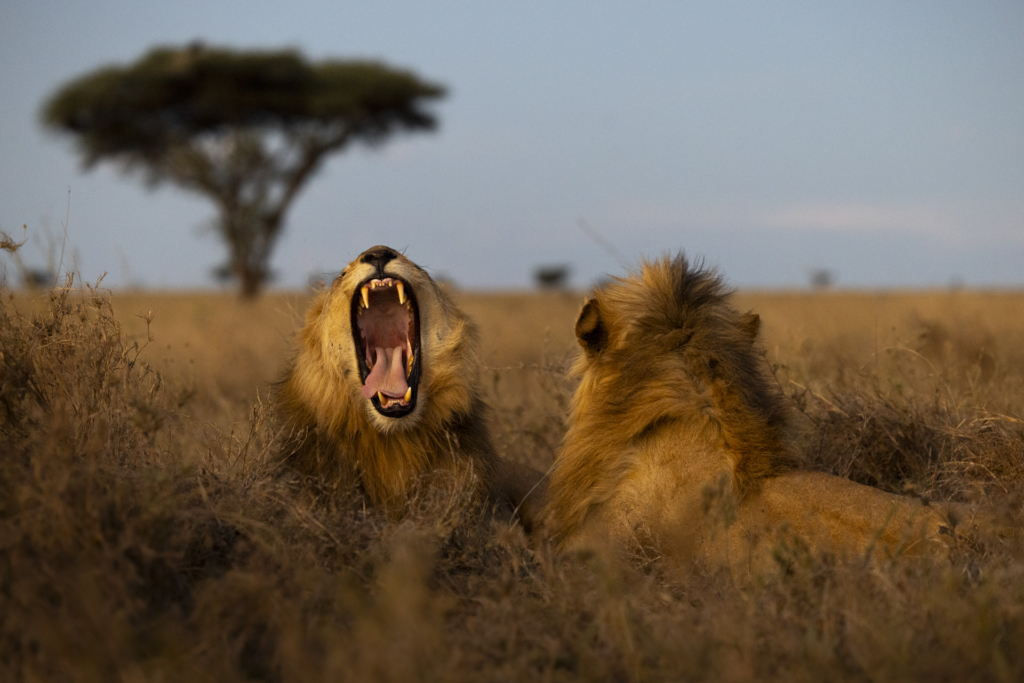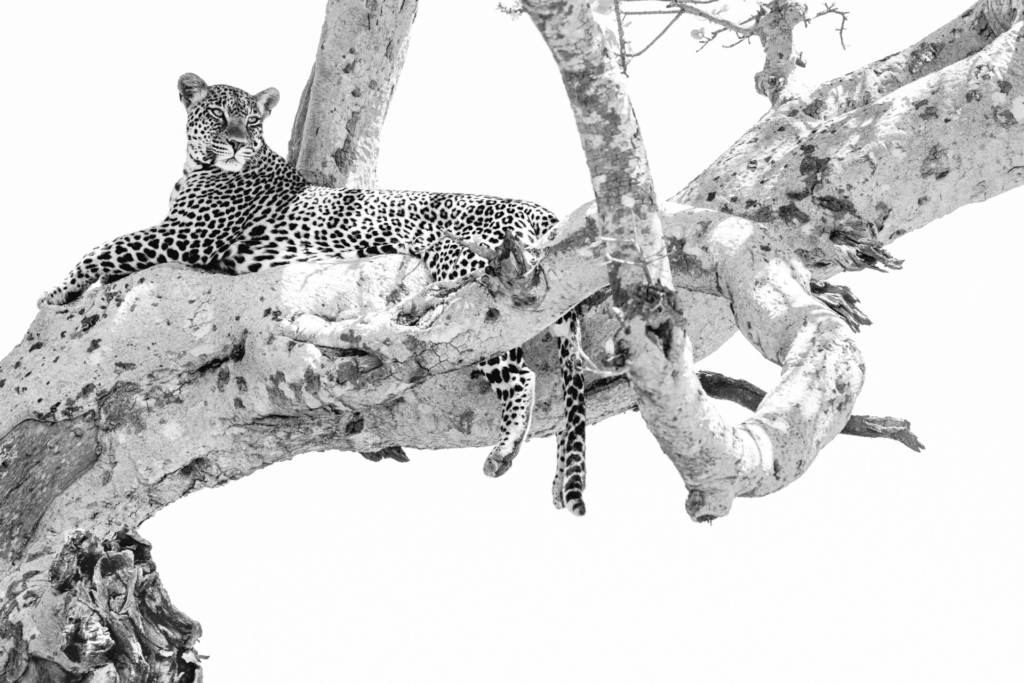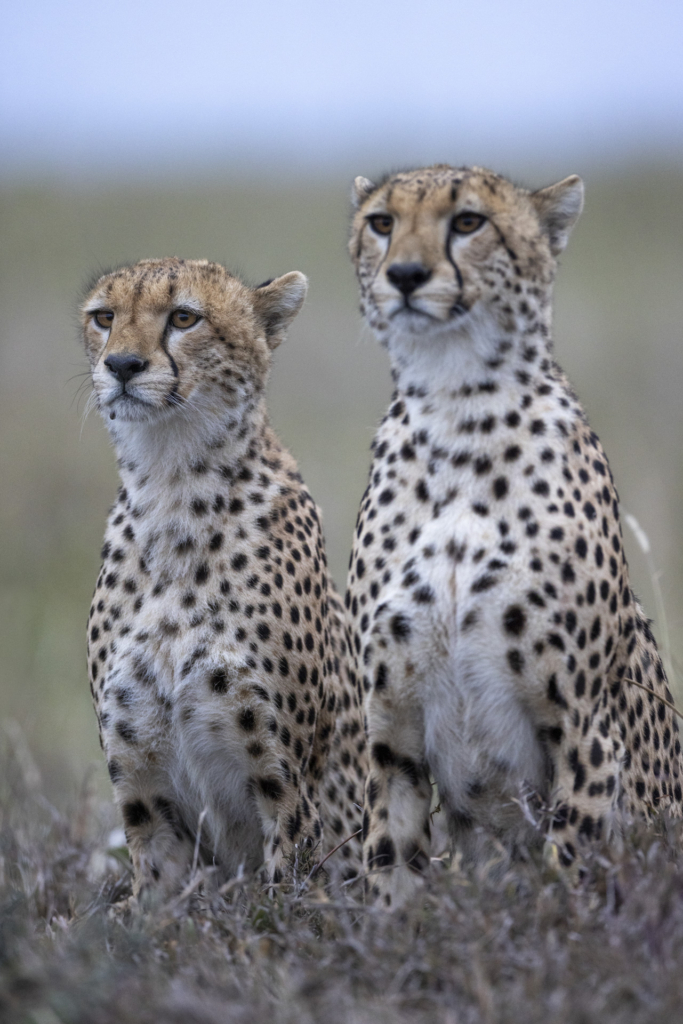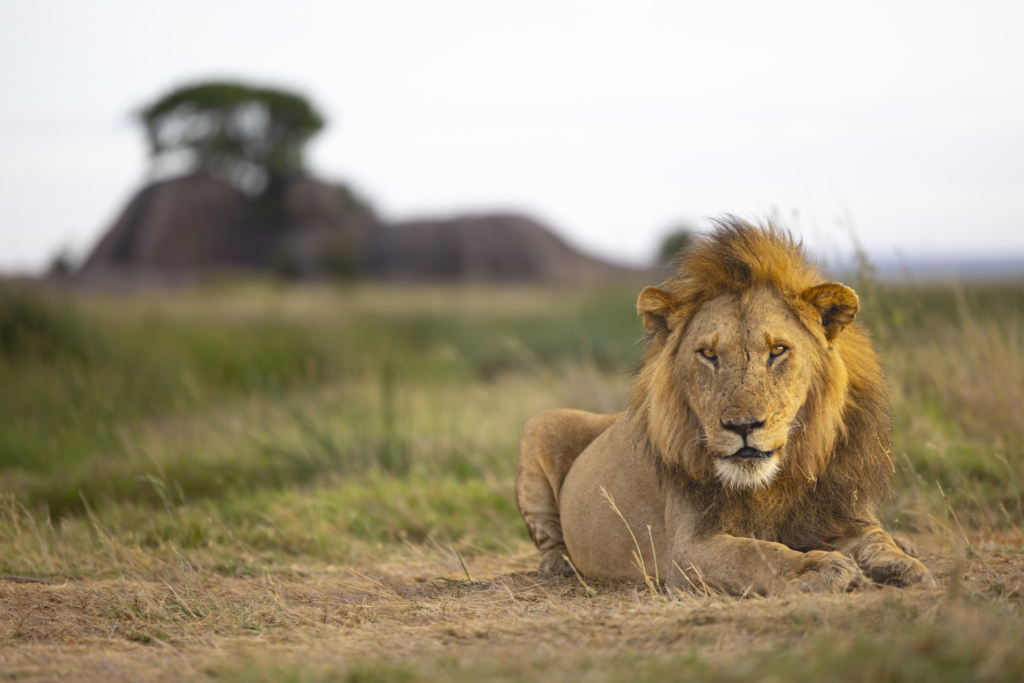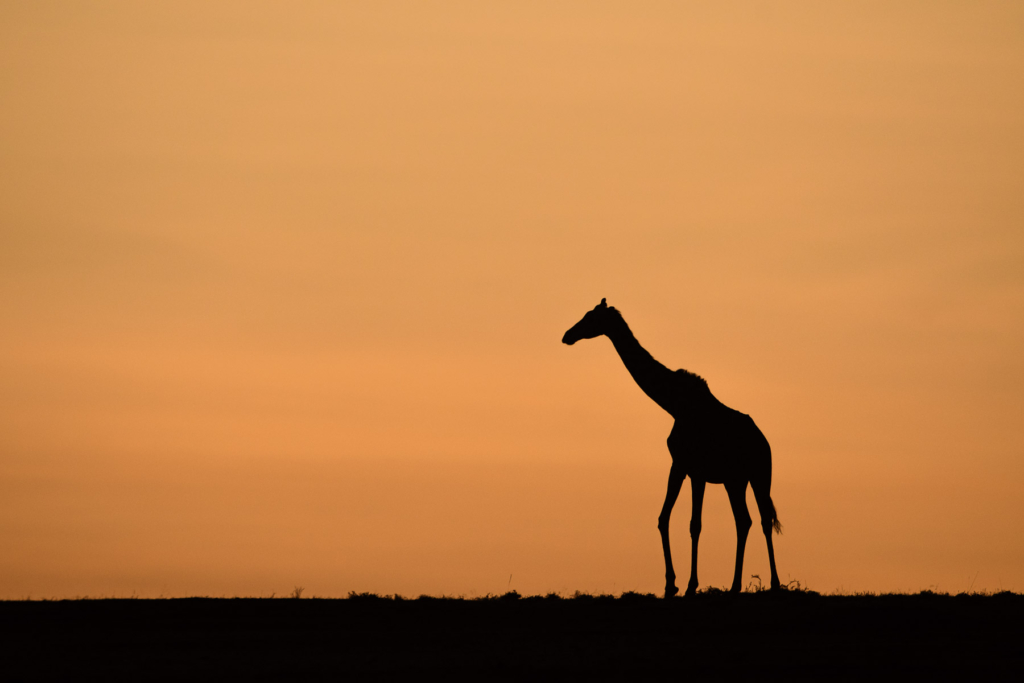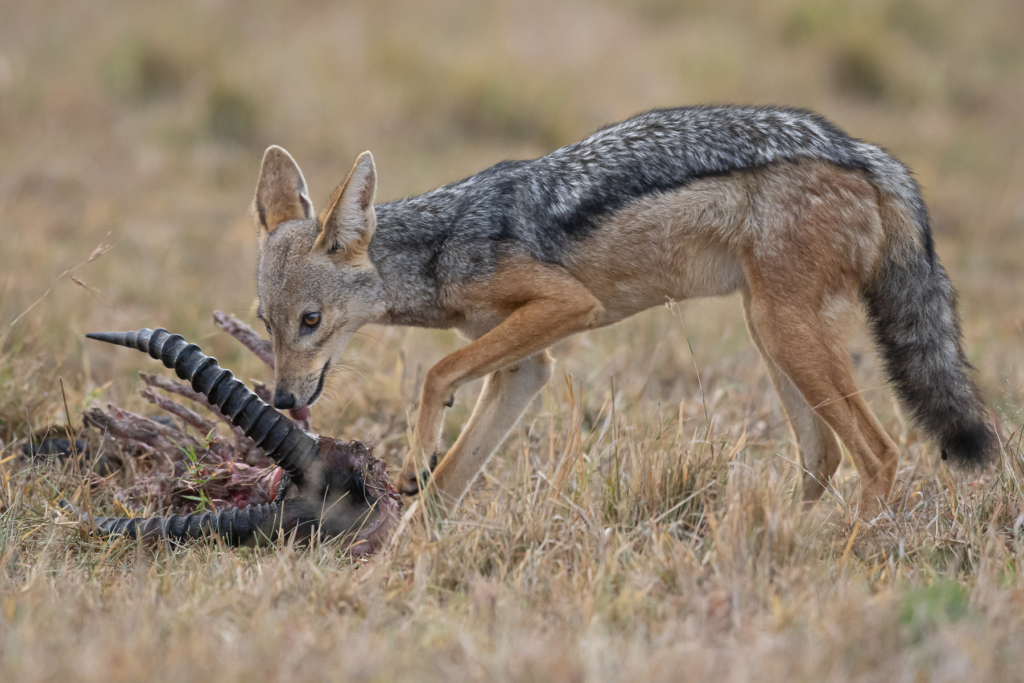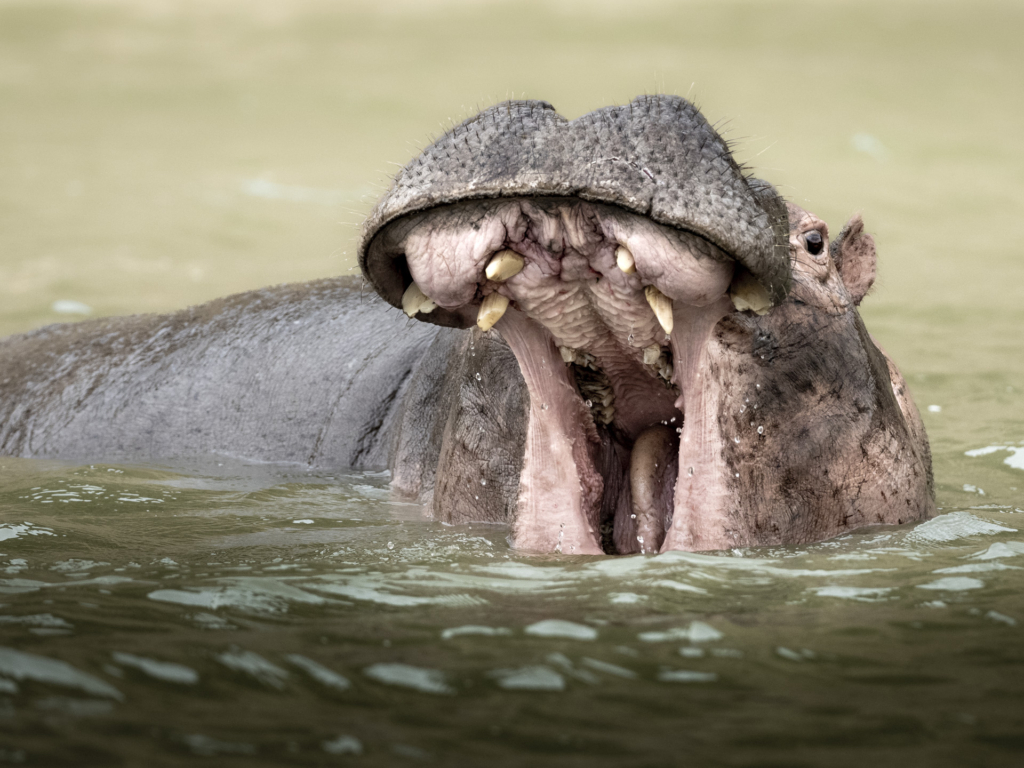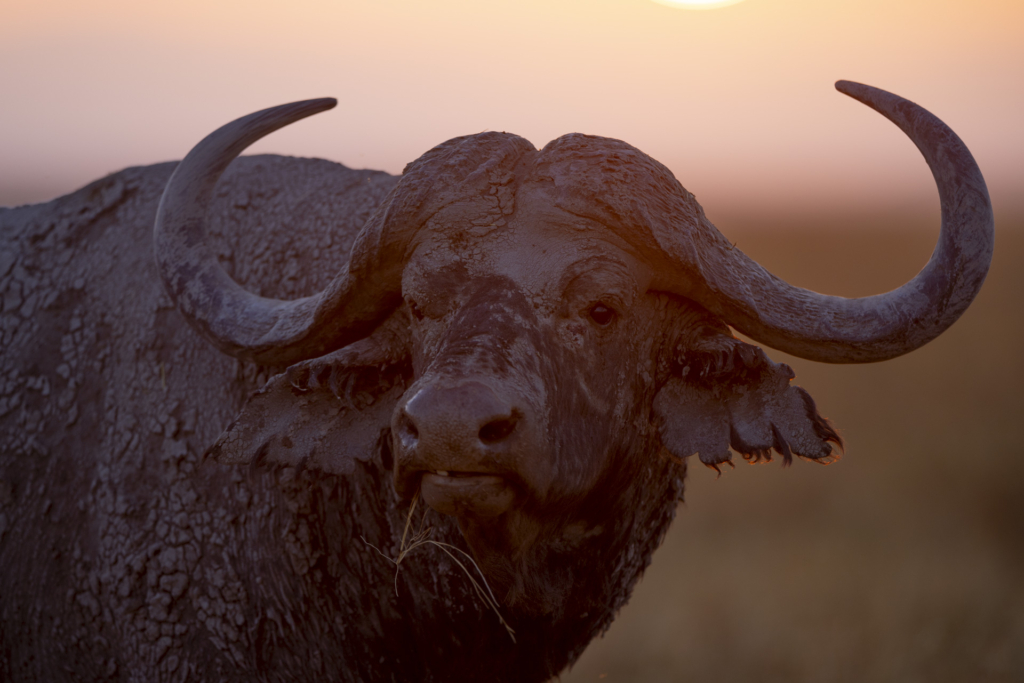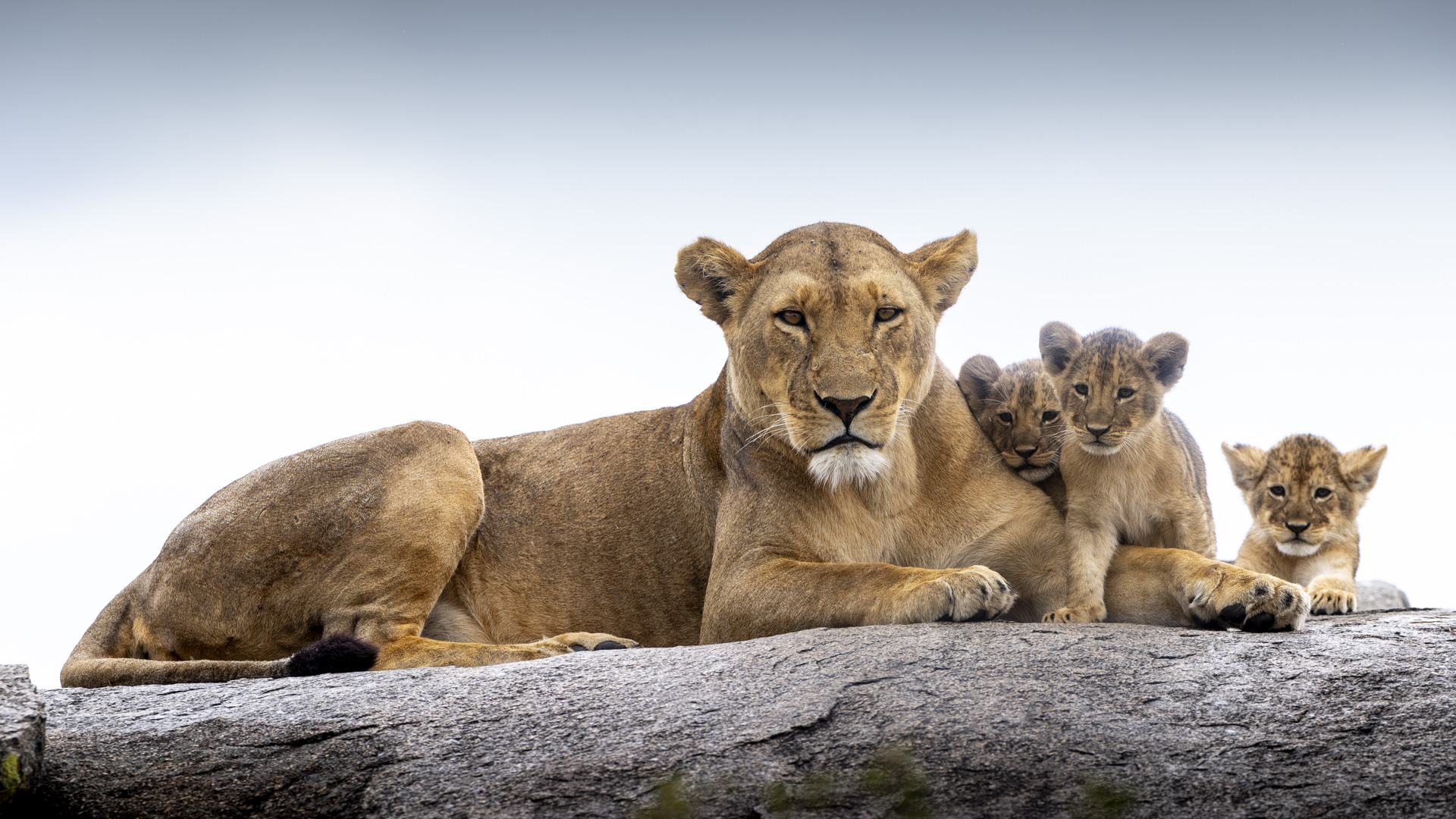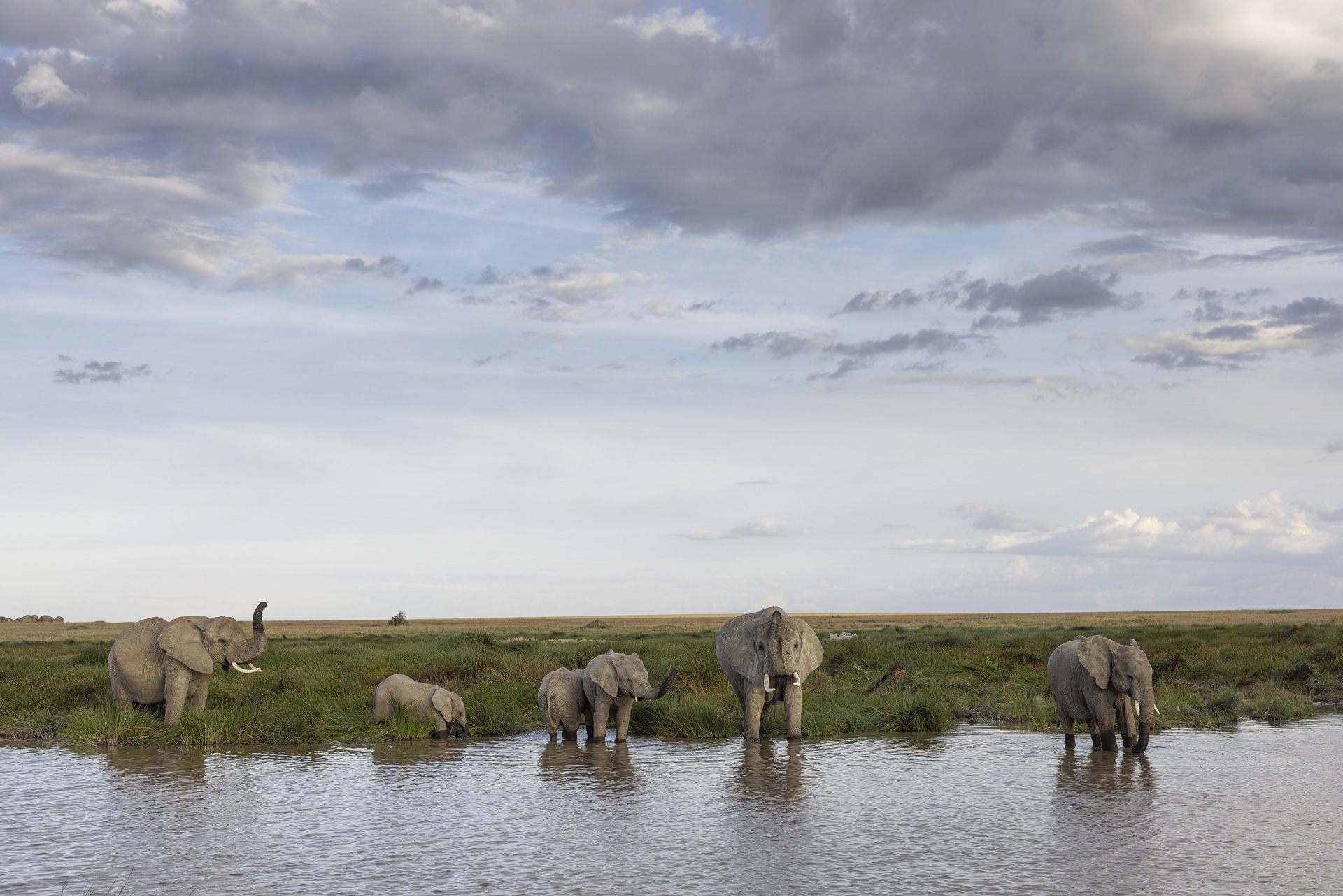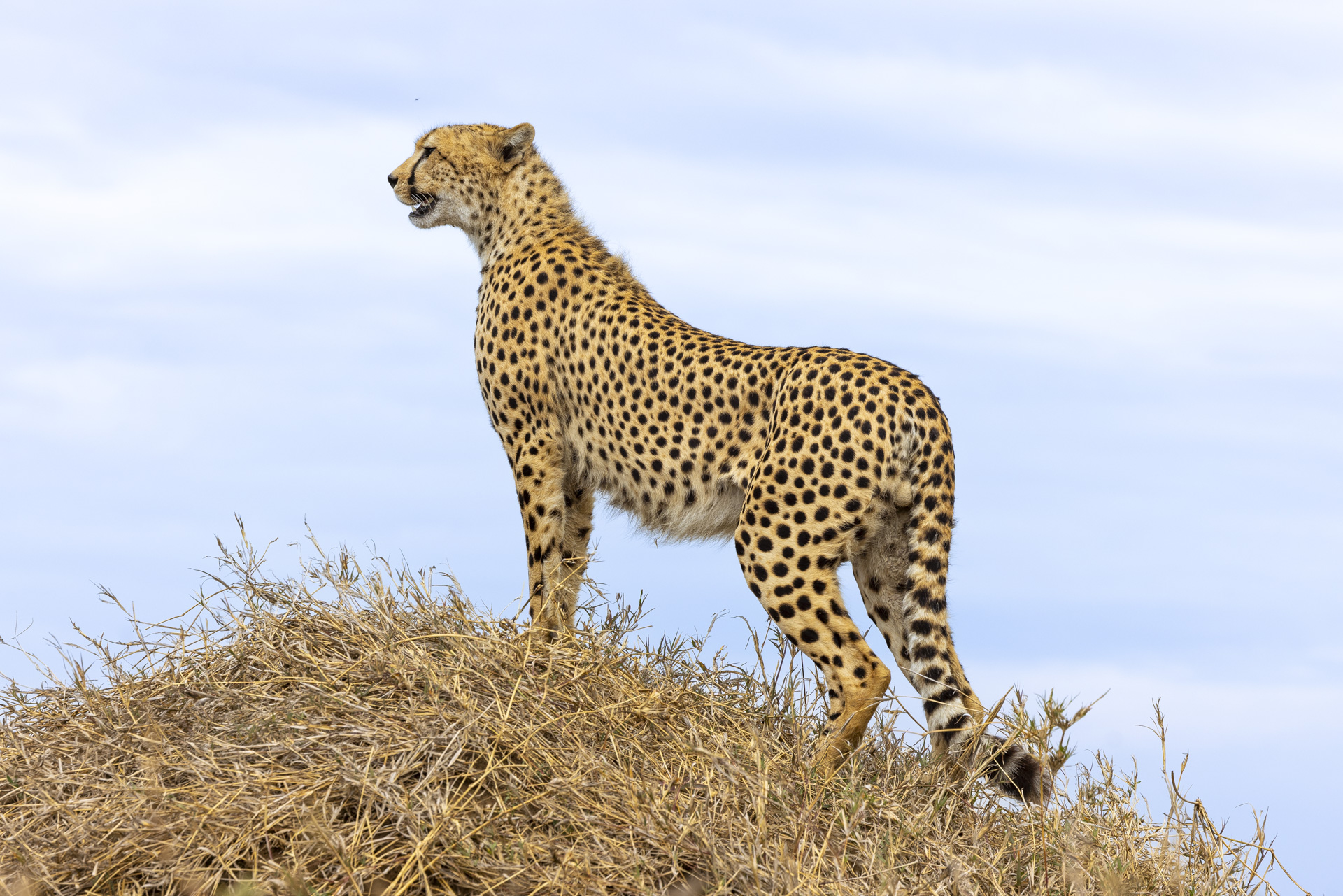SOME HIGHLIGHTS
- Unforgettable safari through the iconic Serengeti National Park and Ngorongoro Conservation Area./span>
- Small group size for a more personal and authentic wilderness experience
- Game drives in specially adapted vehicles with pop-up roofs and large windows for optimal photography
- Opportunity to see and photograph the “Big Five” (lion, leopard, elephant, rhinoceros, buffalo) in their natural habitat
- Visit the Ngorongoro Crater, a UNESCO World Heritage Site teeming with diverse wildlife and breathtaking landscapes
- Close encounters with majestic predators like cheetahs and lions against the backdrop of Africa’s endless plains
- Discover the endless plains of the Serengeti, known as “the eternal savannah,” stretching across the horizon
- Chance to see the mighty lions resting majestically on kopjes (rock formations), an iconic sight in the Serengeti
- The area is home to one of Africa’s largest and densest cheetah populations
- The Serengeti is home to one of Africa’s largest lion populations, with an estimated 3,000 lions—significantly more than in many other reserves on the continent, providing unique opportunities for incredible sightings
- Local guides and our tour leader have extensive experience in photographing the places and species we visit
AFRICA’S HEART – SERENGETI AND NGORONGORO
The vast savannah stretches endlessly, covered with grasslands, termite mounds, and iconic acacia trees. In the distance, a pride of lions rests in the shade, while a solitary cheetah surveys the plains from atop a tall termite mound. We pause to capture these moments with our cameras. Each photograph tells its own unique story. As we journey through this breathtaking landscape, we are constantly reminded of the beauty and power of the African wilderness. Serengeti is one of the world’s most iconic national parks—and it’s easy to see why.
Driving through and photographing Africa’s great wildlife in a volcano might seem impossible, but in the Ngorongoro Crater, it becomes a reality. Surrounded by the world’s largest intact caldera, the experience of photography takes on an almost surreal quality.
NOVEMBER
When your travels takes you to the Serengeti in November, the focus often shifts from the migration to the large herds of grazers to the predators. By this time, the largest herds have moved southward, giving the savannah a slightly different character. Our attention during this trip is primarily on lions, cheetahs, and, when possible, leopards.
This is typically when the rainy season has just begun, often giving the landscape a fresh and lush appearance. The temperatures are pleasant, and since it’s a quieter time of year for tourism, we enjoy a more secluded and exclusive experience, with fewer vehicles around.
If we’re fortunate with the weather, it’s also an incredible time to capture wildlife images against dramatic, cloud-filled skies. For those seeking a more peaceful and authentic safari experience, while still encountering abundant wildlife, November is an ideal time to explore Tanzania’s wilderness—often referred to as the photographers’ season.
NGORONGORO CRATER
Ngorongoro, a UNESCO World Heritage Site, is the world’s largest intact volcanic crater and one of the most spectacular places on Earth to see and photograph wildlife. This vast crater is home to the “Big Five”—elephant, lion, leopard, rhinoceros, and buffalo—along with many other species, such as hyenas, antelopes, flamingos, and cheetahs.
With its diverse landscapes, ranging from open plains and lakes to forested areas, Ngorongoro offers endless photographic opportunities. Here, we have the chance to capture stunning images of both wildlife and scenery in a unique environment that is hard to find anywhere else in the world.
SERONERA, SERENGETI
The Seronera Valley, located in the heart of the Serengeti, is renowned for its abundant wildlife year-round. It’s not uncommon to spot prides of lions, leopards lounging in trees, or elephants roaming across the plains. The valley is also home to a variety of grazers, including zebras, antelopes, wildebeests, and the impressive African buffalo, often seen moving in large herds. These animals play a vital role in the ecosystem, attracting predators in search of prey. The combination of open grasslands, winding rivers, and iconic acacia trees creates a landscape that is as breathtaking to photograph as it is to experience.
NAMIRI PLAINS, SERENGETI
Namiri Plains, situated in the eastern Serengeti, is famous for its high concentration of cheetahs. The area was closed to tourists for a decade to aid in increasing the cheetah population and has since become one of the best places in Africa to observe and photograph these majestic predators. But it’s not just predators that thrive here—Namiri Plains is also home to numerous grazers, such as zebras, wildebeests, and antelopes, contributing to the region’s rich biodiversity.
In this quieter part of the Serengeti, with fewer vehicles and more seclusion, we enjoy unique opportunities to capture predators in their natural environment. The name “Namiri,” which means “big cats” in Swahili, perfectly describes this area—a hidden haven for cheetahs, other wild cats, and the grazers that flourish in this untamed and pristine wilderness.
PHOTOGRAPHIC LEARNING
This safari is tailored to provide you with the best photographic opportunities, regardless of your experience level. Our photography guide offers individual guidance in the field, sharing tips on everything from composition to technical settings. We will also discuss photographic techniques such as panning and capturing motion in images to help you grow as a photographer.
In the Serengeti, our primary focus will be on building a diverse portfolio of images featuring Africa’s great cats. However, we will also photograph other species, birds, and landscapes we encounter along the way. Join us on an unforgettable journey through Tanzania’s wilderness, where each day brings new adventures and opportunities to capture the magic of Africa with your camera.
Itinerary
Day 1 (13/11)
Arrival at Kilimanjaro International Airport (Arusha), Tanzania, in the evening. We rest for a few hours at a hotel near the airport to prepare for an early departure to Serengeti the next morning.
Day 2 (14/11) (Breakfast, Lunch, Dinner)
After breakfast, we begin our journey to Serengeti, which takes approximately 10 hours. The last two hours of the trip include our first game drive. As we drive through Serengeti National Park, there is already a great chance of spotting lions, cheetahs, and other savannah wildlife. After settling in and having dinner, we take time to relax and recover.
Days 3–5 (15–17/11) (Breakfast, Lunch, Dinner)
These days are dedicated to photography. We will have two game drives per day:
- Morning drive: A longer session with breakfast boxes to enjoy at a scenic spot on the savannah.
- Afternoon drive: Starting at 3:30 PM after lunch and rest at the camp.
Expect intense, action-packed days filled with photography and wildlife encounters.
Day 6 (18/11) (Breakfast, Lunch, Dinner)
After breakfast, we head to Ngorongoro Crater, arriving around lunchtime. The afternoon features our first game drive in this stunning landscape.
Day 7 (19/11) (Breakfast, Lunch, Dinner)
Today includes two game drives in the crater with a break for lunch and relaxation in between. Breakfast is taken in the vehicle as usual, and dinner is served at the camp after the final game drive.
Day 8 (20/11) – (Breakfast)
After breakfast, we drive back to Arusha and Kilimanjaro International Airport, where the journey concludes.
Photographic leader
Johan Siggesson, born in 1977, is a freelancing nature photographer from Älvängen, north of Gothenburg, but lives on Malta.
Johan has degree in informatics, leads nature photography courses on Malta and is frequently engaged by local nature organisations for image shows and lectures. Johan also leads private workshops on Malta, mainly focusing on local chameleons and endemic freshwater crabs.
The fairly limited wildlife of Malta has inspired him to look for other destinations. Scotland has a special place in Johan’s heart, and he regularly photographs on the Shetlands and in the Scottish Highlands.
Johan has won awards in many of the major nature photography competitions in Europe and USA. His subtle imagery focuses on close subjects. In 2014 he became Nature Photographer of the Year in Scotland.



